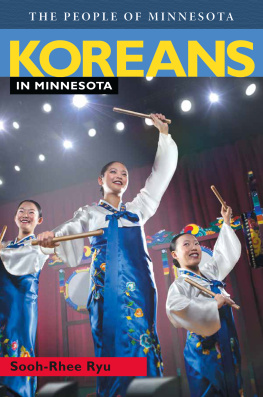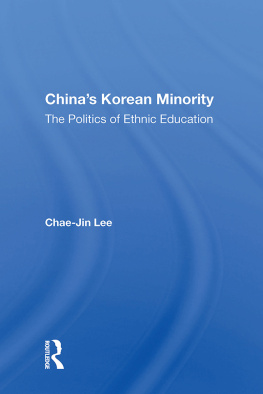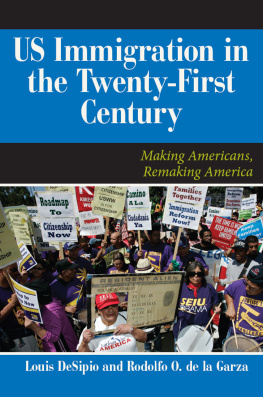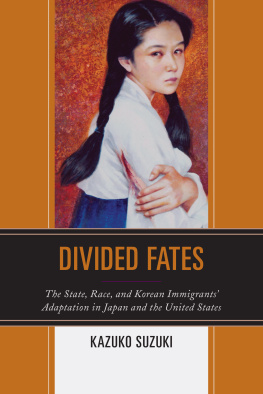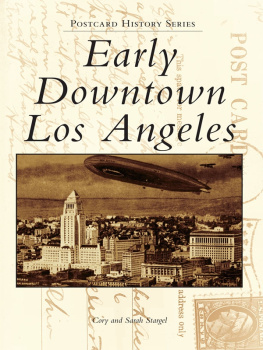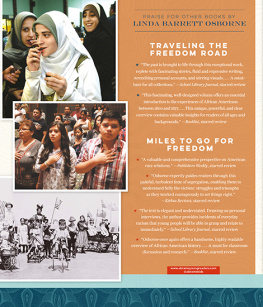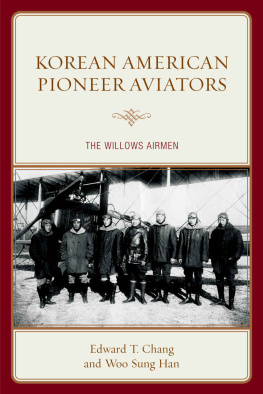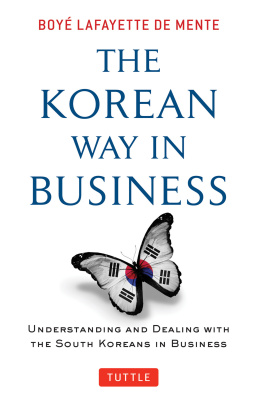ASIAN AMERICA
A series edited by Gordon H. Chang
Koreatown, Los Angeles
Immigration, Race, and the American Dream
Shelley Sang-Hee Lee
STANFORD UNIVERSITY PRESS
STANFORD, CALIFORNIA
STANFORD UNIVERSITY PRESS
Stanford, California
2022 by the Board of Trustees of the Leland Stanford Junior University.
All rights reserved.
No part of this book may be reproduced or transmitted in any form or by any means, electronic or mechanical, including photocopying and recording, or in any information storage or retrieval system without the prior written permission of Stanford University Press.
Printed in the United States of America on acid-free, archival-quality paper
Library of Congress Cataloging-in-Publication Data
Names: Lee, Shelley Sang-Hee, 1975 author.
Title: Koreatown, Los Angeles : immigration, race, and the "American dream" / Shelley Sang-Hee Lee.
Other titles: Asian America.
Description: Stanford, California : Stanford University Press, 2022. | Series: Asian America | Includes bibliographical references and index.
Identifiers: LCCN 2021048631 (print) | LCCN 2021048632 (ebook) | ISBN 9781503613737 (cloth) | ISBN 9781503631823 (paperback) | ISBN 9781503631830 (ebook)
Subjects: LCSH: Korean AmericansCaliforniaLos AngelesSocial conditions20th century. | ImmigrantsCaliforniaLos AngelesSocial conditions20th century. | MinoritiesCaliforniaLos AngelesSocial conditions20th century. | Racism against AsiansCaliforniaLos AngelesHistory20th century. | Koreatown (Los Angeles, Calif.)History20th century. | Los Angeles (Calif.)Race relationsHistory20th century.
Classification: LCC F869.L86 K675 2022 (print) | LCC F869.L86 (ebook) | DDC 979.4/94dc23/eng/20211007
LC record available at https://lccn.loc.gov/2021048631
LC ebook record available at https://lccn.loc.gov/2021048632
Cover design: Derek Thornton, Notch Design
Cover photography: (Top) Artem, Flickr; (Middle, b/w) Collection of J. Eric Lynxwiler; (Spine edge and bottom) Los Angeles from Koreatown, Daniel Schwarz, Stocksy.com
Typeset in 11/14 Garamond Pro
To Cha Bok-Hee
Contents
Acknowledgments
Working on this book has truly been a journey. I thank my guides and eyewitnesses to Los Angeless Korean American community and history, who generously shared their time, insights, and at times their material: Ralph Ahn, Larry Aubry, Steve Chanecka, Grant Din, Kathy Dunn, Warren Furutani, Randy Hagihara, K. W. Lee, Jai Lee Wong, Do Kim, Katherine Kim, Sophia Kim, Pyong Yong Min, Cooke Sunoo, and Eui-Young Yu. A 2015 summer fellowship at the Huntington Library in San Marino, California was pivotal for getting this project on track, so I am grateful for the support and opportunity. Over the last few years, I spent countless hours in conversation with colleagues and friends who inspired me with their intellectual comradery, good cheer, and moral support. Thank you especially to Ana Burgos Diaz, Cindy Cheng, Meredith Gadsby, Rachael Joo, Wendy Kozol, Pablo Mitchell, Sergio Negron, Tamika Nunley, Gina Perez, Celine Shimizu, Ann Sherif, Len Smith, Danielle Terrazas Williams, Judy Wu, and David Yoo. Thank you to the students of CAST 200, Fall 2021, who read and gave their generous feedback on a nearly final version of the book. From start to finish, I worked on this book about Los Angeles while employed at Oberlin College, in Ohio, and though I was far away from my subject, I was lucky to be surrounded by students and colleagues whose curiosity, energy, and creativity sustained my engagement and ability to see this project through. Jeong Hyung Hwang deserves special acknowledgement for his help translating Korean-language material. I received institutional support from Oberlin College in the form of a paid research sabbatical, and despite its interruption by a global pandemic, this was critical for bringing the book to completion. Thank you to Pam Snyder, David Kamitsuka, and Marvin Krislov for the help. I would also like to give special mention to my colleagues in the Comparative American Studies and History Departments, and especially Gina Perez and Wendy Kozol, two models for how to sustain productive scholarly careers while working at a liberal arts college. Ive learned so much from Gina and Wendys selflessness and collegiality and can only hope that I am able to return a small fraction of what I have received from them.
Thank you to Gordon Chang and Margo Irvin at Stanford University Press for their support and enthusiasm. Being included in the Asian America series feels as though we are closing a circle in my academic journey that started when I entered graduate school in 1998 to study with Gordon in the History Department at Stanford. His influence runs through this work, and I just hope it does justice to the tremendous series he has built. Working with Stanford also allowed me to follow Margo from another press, where she was an editor on a previous book. It has been a pleasure getting to work again with such a capable, knowledgeable, and professional editor.
Though there is nothing directly autobiographical in this book, it is the most personal work I have written, so I finish these acknowledgements with overwhelming feelings of gratitude for my family and the greater Korean American community. The person I thought about most as I wrote this was my mother, Vicky Lee (Cha Bok-Hee) who came to the United States in 1978 at the age of twenty-six, married with two young children. She remains my hero, my model of grit and resilience, and the person whose respect I still strive to earn. She also helped me with translations of Korean-language material, so this book was also collaboration with her. Thank you, eomma.
Rick and Kaya Baldoz were there throughout and sacrificed the most. They traveled with me to Los Angeles numerous times, gave me their blessing to go on writing retreats, and bolstered my resolve to keep going. I often worried that my work, and this book especially, took too much out of everyone, so for that reason I am very glad this is done. I will continue to try to find the words to express what they mean to me and the depth my gratitude, but for now sarang-hae will have to suffice.
Introduction
On Thursday, October 13, 1983, a warm and fair fall day in Los Angeles, the Southern California Korean Grocery and Liquor Retailers Association held its first annual awards banquet at the Ambassador Hotel. Formed the previous November with forty-two charter members, the association was growing rapidly and by 1986 had 1,089 members. In attendance at the banquet was a veritable whos who of local officials and Korean American community leaders, including the city councilman David Cunningham, the state assemblyman Mike Roos, the associations president Yang Il Kim (who went on to be the president of the National Korean American Grocers Association), and the Korean American Coalition (KAC) president Tong Soo Chung.
Among the meetings notable aspects was its setting. The Ambassador Hotel, located at 3400 Wilshire Boulevard, was a relic of the golden age of Hollywood, originally opening in 1921 and becoming a favorite spot for movie industry luminaries. Its association with glamour and celebrities, however, had faded by the 1950s, as the mid-Wilshire area entered a period of decline amid white and capital flight to the suburbs. Nonetheless, the Ambassador remained a recognized Los Angeles institution and event venue, though tragedy would attach to its legacy in 1968 when the Democratic presidential hopeful Robert F. Kennedy was assassinated in the hotel's kitchen during a victory celebration for the California primary. Over the next few years, the Ambassador sat like a haunted behemoth, a reminder of the glory days of the 1920s and 1930s as well as the turbulent events of the late 1960s. While the publics awareness of the hotel and concern for the struggles of central Los Angeles waned, the Ambassador became a locational anchor for the growing Korean immigrant community due to its location, which by the mid-1970s people were calling Koreatown.


